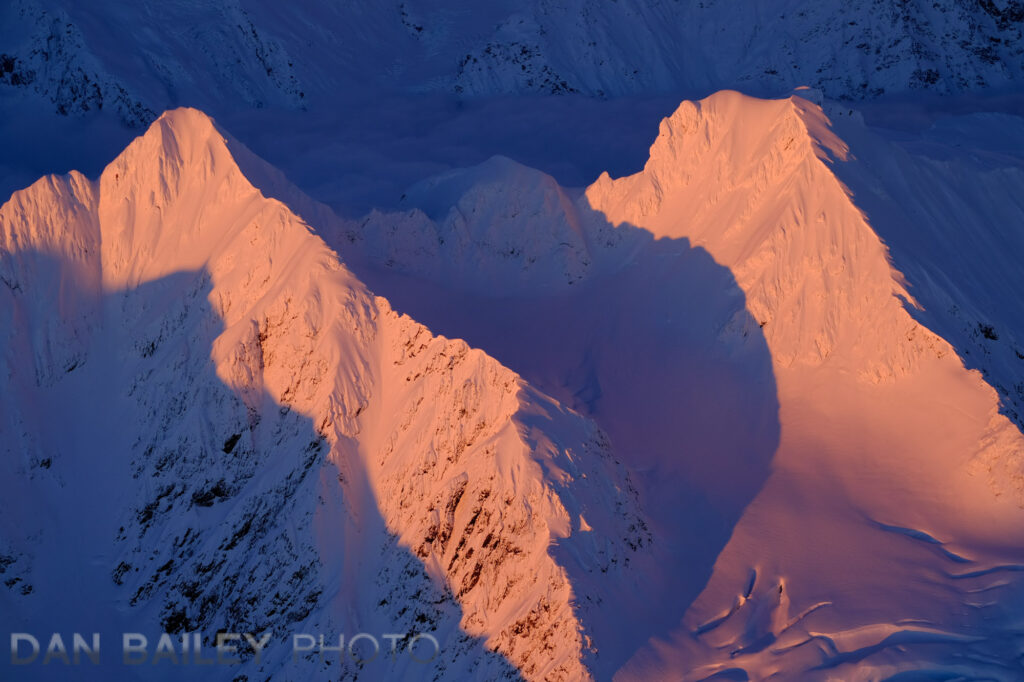
This month, FUJIFILM is celebrating their 10-year anniversary of the X Series. Having bought my first X Series camera in late 2011, I’ve been on board for most of this decade-long ride, so I begin a memorable look back on my own journey with the X Series cameras as well.
What an amazing and rewarding adventure of creative exploration it’s been so far, with a renewed passion for photography, endless fun and a wonderful sense of community with my extended FUJIFILM family, and also with you guys, my fellow Fujifilm brothers and sisters around the world.
This post will be the initial article in a retrospective series about my 10-year history with the FUJIFILM X Series camera, and the impact that this journey has had on my photography during the past decade.
Chapter 1: It All Started with the X10
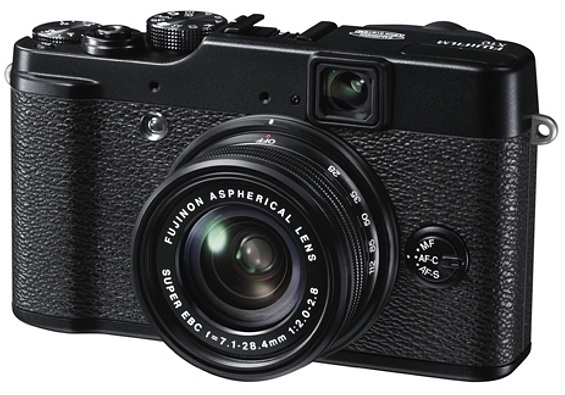
In October of 2011, while attending the PhotoPlus Trade show, I wandered by the FUJIFILM booth. At the time, I was a Nikon shooter, but I had begun to grow frustrated with my heavy cameras.
In fact, earlier that year, I had begun to strain the muscles in my right forearm, which I attributed to a heavy dose of one-handed shooting, which is one of my often-used camera techniques. This ailment required quite a few weeks of trigger point massage therapy to work out the excessive muscle tightness and alleviate the pain.
So, even though I didn’t really have any conscious ideas about switching to a new camera system, the seeds had been planted, which is why my visit the Fuji booth that day was such a serendipitous event.
It was a rather quick visit, because it was near the end of the show on Saturday afternoon. I was actually headed towards the door to leave the Javits Center and rush over to Penn Station to begin my long journey back to Alaska.
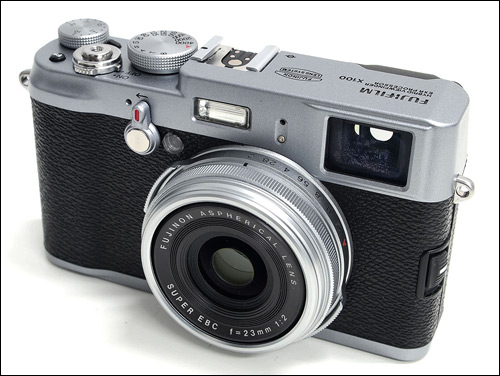
During the previous couple days at the show, I’d read about this exciting new X100 that Fujifilm had launched earlier that year. A rangefinder wasn’t really in my wheelhouse at the time, but I was at least curious to see what it was all about.
Anyway, when I stopped by the booth, my eye caught sight of a little black camera that was sitting on the table. It had a darling, very classic retro-style look, with an all metal body and pair of dials on the top of the body.
I was immediately entranced, and when I put this svelte little camera in my hands, it was love at first sight. It didn’t look like any point and shoot I’d ever seen, because it wasn’t a point and shoot. It was a fully operable cameras, just a small one.
It just felt so fun, so intrinsic, so… liberating to hold this cool little machine, but that wasn’t even the best part. When Brandon Remler, who was, and still is FUJIFILM’s awesome NYC area sales rep, showed me a very specific feature on the X10, I was immediately entranced. The deal was sealed.

The Film Simulations – Legacy Color Palettes Brought Into the Future
What Brandon showed me was the Film Simulation feature, which is one of the most fundamental, bedrock aspects the X Series, even to this day. When my eyes caught the Film Sim menu, and the official logos for classic films like Velvia, ASTIA and PROVIA, which were films that I had cut my teeth on during my early development as an photographer.
These were the very color profiles that were integral to my early creative development as a visual artist. I had shot so much Velvia during my film years; it was my favorite go-to stock for almost all of my action and landscape imagery. You could almost say that during those early years, my eyes and creative mind had become calibrated to the amazing colors that Velvia produced.
To have those very film profiles at my disposal once again… well, that was all it took. As soon as I got home, I called B&H photo and ordered an X10. It arrived a few days later, and that was the beginning of it all. It was my gateway drug to the X Series.
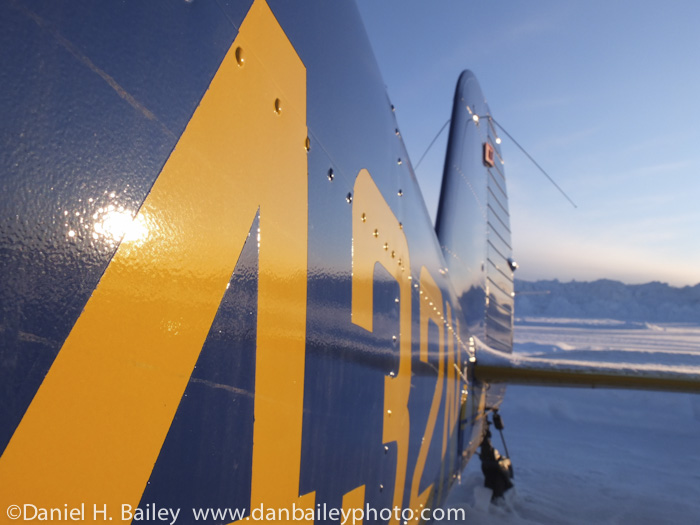

The X10: By Itself, And as a Second Camera
During the next few months, I spent a lot of time getting to know the X10, experimenting with the film simulations and the other fun creative tools it has onboard, and falling in love once again with those amazing Fuji colors.
I carried the X10 with me, even during times when I wasn’t taking the “big cameras” along with me, and in that way it became so liberating, because I started shooting way more photos for fun, you know, just to be creative. Taking picture simply for the sake of taking pictures. Isn’t that how it was supposed to be.
I begin to feel so comfortable with the X10, I even started to use it for shooting “serious photos,” if there is such a thing.
By the spring of 2012, I started using the X10 as a second camera alongside my Nikon during various hiking and biking adventures, or else using it as a “behind the scenes” camera to document specific scenes and camera/gear setups. A particular method that worked well was shooting long lens telephoto with the Nikon and using the X10 for middle to wide angle shots.
Sometimes I even took ONLY the X10, and left the Nikon at home, as I did during a week-long bike tour up the California coast in November of 2012. Being the first time I’d ever left town with out my Nikon, that was a HUGE DEAL.
Discovering the Amazing Fuji JPEGs
One of the things that I loved about the X10 was that I could shoot JPEG and still get these amazing images with brilliant colors and exposures.
Entranced with the creative simplicity this little Fuji offered, I shot my first X Series aerial with the X10 in April of 2012. Having shot a few Nikon aerials in the past, I was blown away by the unbelievably rich, dynamic tones I was getting straight out of the camera on the X10. This opened up a whole new world for me.


Later that summer, I even sold a landscape photo I’d shot with the X10 to a local client. The image ended up being used as a 4′ x 6′ Duratrans display print in a hospital lobby. Despite the fact that the image was basically a straight JPEG that came from a sensor the size of my pinky nail, the upsized reproduction looked simply amazing.
This showed me that image from a compact camera like the X10 were indeed good enough to be use for professional use. And even though I wasn’t really to give up my DSLR yet, I could feel the earth moving under my feet.

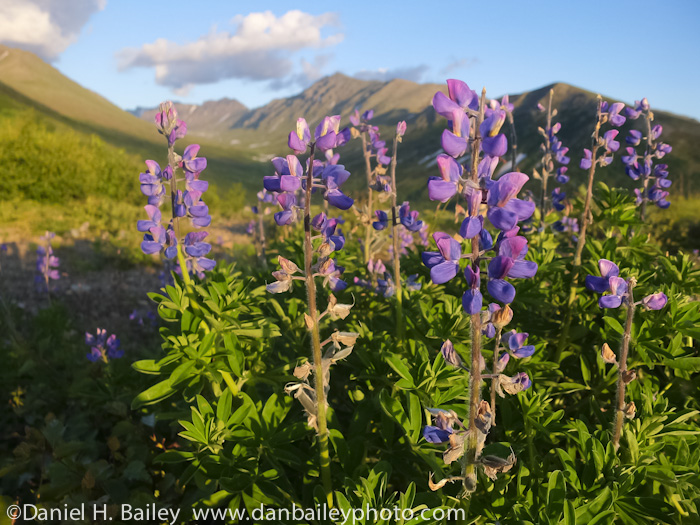
That first year with the X10 represented the beginning of a momentous shift in my entire photography life and paradigm. Enjoy this collection of some of my favorite X10 image, and stay tuned for more posts about my 10 year history with the FUJIFILM X Series cameras.
Also, feel free to leave a comment and let me know what your gateway camera was into the Fuji system!
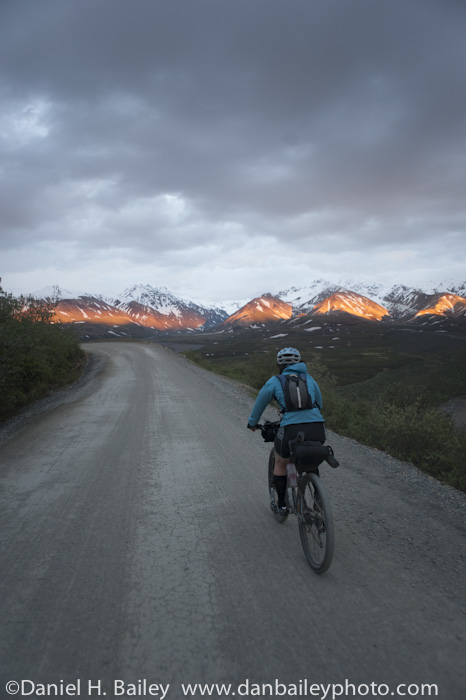


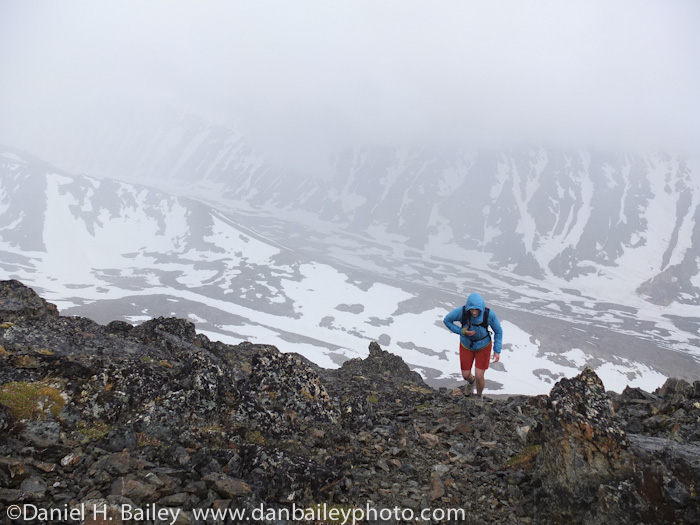
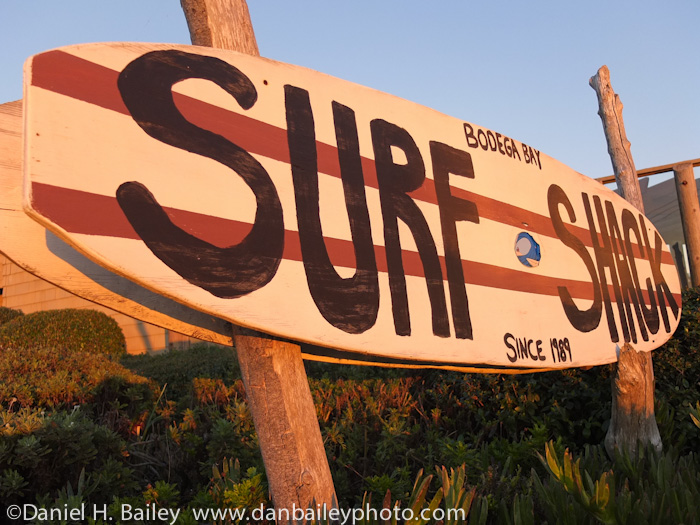
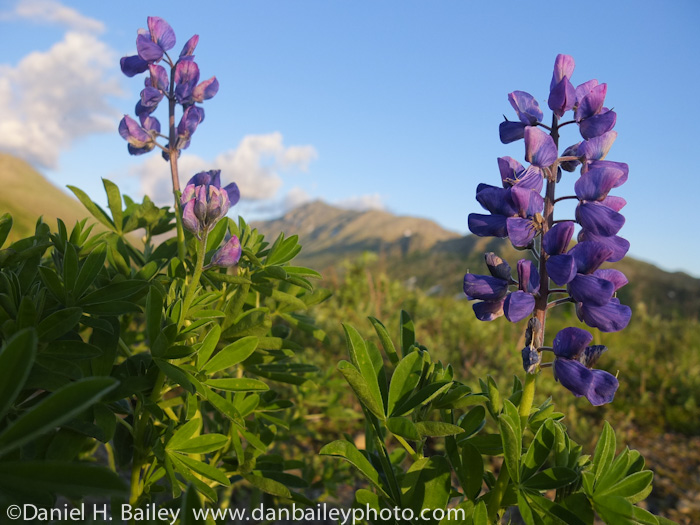

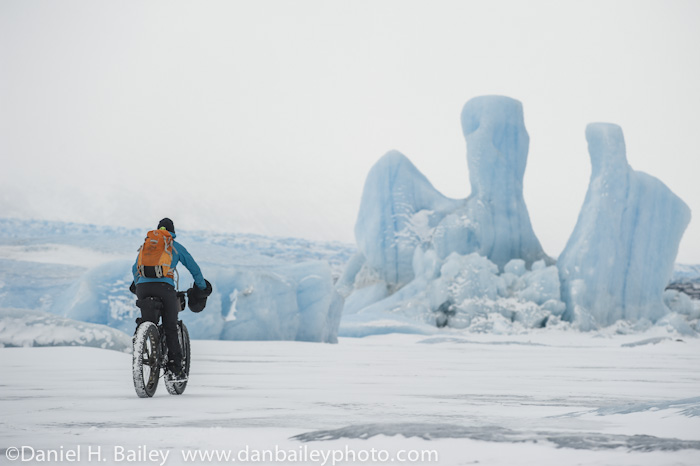
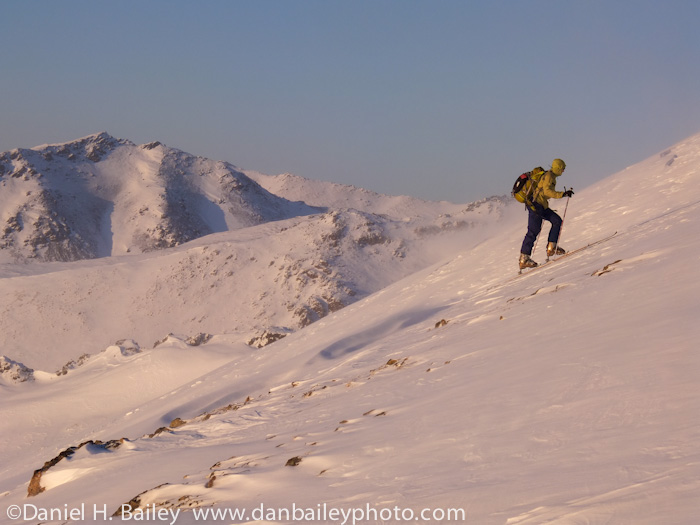

Hey Dan, thanks for the great article. I came at Fujifilm X series cameras from the other end… plastic point and shoots that left me feeling underwhelmed. Then I began reading about the X cameras… I bought a used X-E1 to try it out and a new 18-135mm lens and never looked back. I followed that up with an X-Pro2, an X-T3 and an X100F… I adore my Xpro2 and love the X-T3 for wildlife… it’s pretty much welded to the 100-400mm.
Thanks for sharing your story. I shot Canon and my last DLSR was the 7D II. My love for Fuji started with the X-T3, like your experience, the top dials, and film simulations hooked me for good. I I added a 100V & X-T4 and have never looked back. I’m not sure I could shoot another camera without the top dials. I look forward to part 2.
Hi Dan great reading of your retrospective into Fujifilm system.
I started with the xt1 and 2 . I particularly like very much xe 1 and 2 . Thank you Dan
Hi dan, did you ever use an xpro 1, even though I have an xs10 and xt3 and xpro 2 the xpro 1 is still my favourite camera that I pick up most of the time.
Interesting! I also was shooting with a Nikon & it was getting too bulky & heavy for me. My first Fuji was the XT-1. What a relief for my hands & fingers! And, yes, the Fuji colors added another plus. I shoot lots of flowers & other close up subjects, so color is important. Currently shooting with Fuji XT-2 & 100V. Love the colors I can get with both of them!
My gateway camera was a used XE2. I was shooting Nikon, then my world turned upside down. Now I shoot Fuji only (apart from adapted Nikkor vintage lenses).
I’m a former Nikon shooter as well (D70, D300, D750), and I had problems with the equipment weight as well. When the X100 came out, I was tempted to use one “just for fun”, but it did have quite a few shortcomings, most (if not all) were corrected with the X100s. At that point, I bought the little gem. It usually went with me with my heavier gear, and sometimes all by itself. At some point, my issues with carrying heavy stuff got worse. Since it was was about the time the X-T30 came out, I bought that, sold all my Nikon gear and bought some Fujinon lenses. Today, I have just the X100s and the X-T30, and I carry far less weight than before. Using the Fuji X system has been an immense gain in performance per pound! I just love these little cameras and what they allow me to do!
I’ve a similar experience. A Nikon man through and through, always carrying a heavy camera bag full of all sorts of goodies – until an accident caused by the sheer weight of the bag pulling me down into a fast running stream, and I broke my ankle. That decided it, the Nikon kit had to go.
A year earlier I had invested in the X100 when it first appeared, bought in Detroit when over there on business. I loved it and, despite shortcomings still have and use it… I will never part with it. That experience pointed me, after the accident, to more Fuji kit, and I went for the X-Pro 1. What an experience. Again I still have that…. finances will not allow me to get an updated version yet, but I’m happy with it. Those Fuji colours and sheer quality of output – can’t beat them.
Hey Mark, thanks for the comment. I had an X-E1 as well during my early years. Stay tuned for more about that… Anyway, sounds like you’ve got a great setup with some very capable Fujis!! Keep having fun with it and take care.
Mark, thanks for sharing. I’m with you, the X-T4 and X100V make for an incredible combination of extremely powerful and fun picture taking machines!
Hi Ernest, thanks for you comment. Keep having fun with those Fujis and take care!!
HI Katherine – No, I never really used the X-Pro 1. I’ve played around a tiny bit with the X-Pro 2 and 3, and while they don’t quite fit my style/preference, I can totally see the appeal of the X-Pro models. And I agree, even though it’s not quite as powerful as the later models, there’s something special about the X-Pro 1, probably because it was the first interchangeable X Series camera.
Goeroganna, you and me both. At some point, there’s no point in making your hobby be uncomfortable or even painful. Switching to mirrorless has made such a huge difference in my photography and my happiness and comfort with using cameras. I still love my X-T2, and I’m having a ton of fun with the X100V; what a great camera that is! Take care and keep having fun with your Fujis!
Andy, the X-E2 was an interesting model. It kind of got overshadowed by the X-T1, which followed shortly after, but it’s still a great camera, and they gave it new life with the later firmware updates.
Paul, thanks for sharing your story. Yikes!! I had some muscle pain, but it sounds like you had a much more serious “heavy camera bag” injury!! I’m glad you made the jump and are enjoying the colors and form factor of the Fuji system. Keep having fun with it and happy shooting!
Thanks for sharing your story, Daniel. Yes, it all starts with using one “just for fun,” but then evolves into something much deeper and suddenly you’re in the middle of a transformation that upends your past life and gives you a whole new outlook and approach with photography. I can imagine how much lighter the X-T30 and X100s are compared to those heavy DSLRs. Keep enjoying the system and happy shooting!